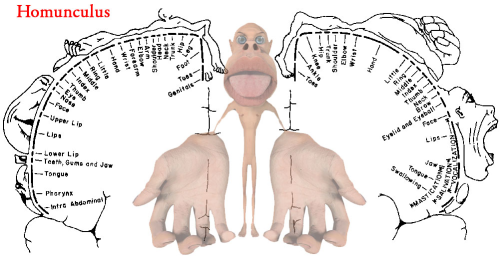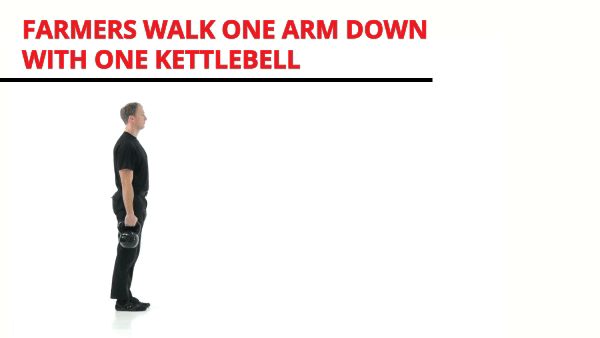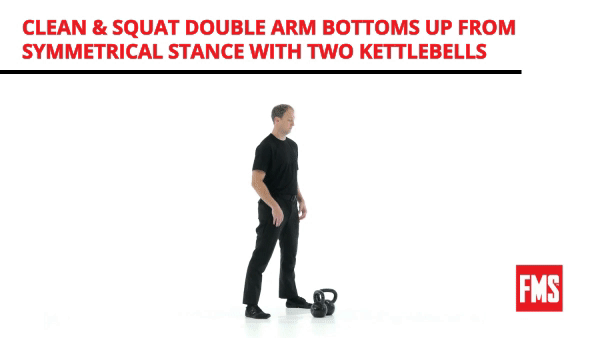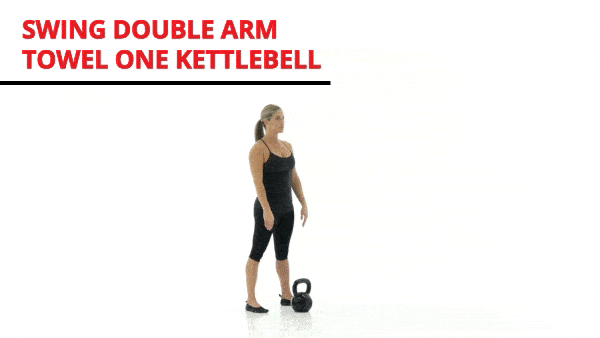Breaking Muscle Reviews EFM
Posted by Brandon Bennett
Our hands are a major way that we learn and interact with our environment. The fine motor skills of our fingers allow us to manipulate objects and explore our world in unique ways. There is even a belief that our manual dexterity with our hands is part of what lead to the development of our neocortex by allowing for creativity and enhanced problem solving.
Our hands are mediators of social contact, “made possible by the seamless integration of our hands into our cognitive system, making our manual skills an important part of our interaction with the environment and of our capacities for feeling, exploring, acting, planning, and learning.”
The hands are responsible for a disproportionate amount of “real estate” in the cerebral cortex, the area of the brain that is responsible for processing to sensory and motor function. The cortical homunculus (below) represents the how much of the brain is dedicated to mapping, patterning and controlling various body parts. What’s the first thing you notice? Huge hands. Unlike our limbs and trunk, the brain demands an immense amount of motor and sensory information from the hands.

It would not be a stretch to say that the capabilities of our hands is one of the things that sets humans apart as a species. So what does this have to do with fitness?
In fitness, our hands are often our only connection to the weight we push, pull and lift. Additionally, our grip capacity may be an indicator of general health.
A recent study found that grip strength is closely correlated with all cause of mortality.
Before you run out and buy your grippers and grip tools, realize that because grip correlates well does not mean we should isolate the grip, but rather look at routines and activities in our “fitness lives” that bring grip strength along with them, such as: Deadlift, Farmer’s Carry, Bottom-up Kettlebell Drills, Pull-ups, and Kettlebell Ballistics.
A well rounded “fitness life” should build your strength and grip and it may be that healthier lifestyle and strength that makes grip correlate so well with lifespan.
This is highlighted in this recent article:
“Similarly, it appears that occupation, leisure activity, sport, and training status may also affect HGS (97, 151). Josty et al. (83), for instance, reported that male office workers had significantly weaker HGS compared to equally aged car mechanics and farmers. Based on job demands, the magnitude of force required during repetitive HG tasks performed by a car mechanic and other physical occupations (e.g. grasping and lifting heavy objects, using hand-tools, such as wrenches, ratchets, saws, drills, and hammers) will differ greatly in comparison to office workers (e.g. typing, clicking a mouse, filing, and answering the phone).”
The deadlift and its variations tap into the importance of the grip. We connect to what we are trying to lift via our hands. And the next link in that chain is the shoulder and on into the “core.” The connection between the grip and shoulder starts at the neck and through the brachial plexus and via irradiation the grip and shoulder communicate. An interesting study found that those with a history of a wrist injury showed weakness in the rotator cuff musculature. The deadlift is a great way to strengthen the grip and from the distraction on the joint, as well as strengthen the stabilizers of the shoulder.
A 2004 study published by the Journal of Hand Surgery found that there is “an increased prevalence of rotator cuff weakness is shown proximal to ipsilateral hand injuries or disorders.
 Farmers Carry
Farmers CarryThe Farmer’s Carry is all about postural Integrity. Can you maintain alignment with integrity under load? Grab a pair of dumbbells, KBs, or sandbags and go for a walk. Your grip endurance will be worked and your postural integrity will be challenged by the shifting center of mass.
 Bottom-Up KB Drills
Bottom-Up KB DrillsThe design of the kettlebell allows us to turn it upside down and provide a unique challenge to the grip and wrist. And when we combine that KB position with the Military Press and Squat we have an opportunity to check the integration and efficiency of those patterns. Moving through the Military Press and Squat requires smooth transitions between muscle groups and joint positions. With the Bottom-up challenge we can see if there are “gaps” or challenges to those positions and transitions. Connecting the grip to the pattern as an indicator of efficiency.
Pull-ups, Chin-ups and other rowing variation use the grip to connect us to the bar or implement. When hanging from the bar we get to experience a form of brachiation (hanging from the limbs) and one of the most primal uses of our grip.
 KB Swings and Snatches
KB Swings and SnatchesThe thick handle and off-set center of mass of the kettlebell already make it a powerful tool for the grip and whole body but when used for ballistic drills like the Swing and Snatch those benefits are amplified. During a two-handed KB swing with a 24 kg KB I can produce between 3 and 3.5 x bodyweight loads in the eccentric “catch and redirect” portion of the swing and that load is handled (haha – “hand”led) through the grip.
I am not opposed to working the grip in “isolation.” The myriad facets of the grip; crushing, pinching, wide grip, supporting, and wrist work are fun and effective additions to a good strength training routine. But this is in addition to not in replace of a well-rounded routine. I can tell you that I entered into grip training at a fairly high level just due to the kettlebell work (swings and snatches) that I had been performing. Closing a #2 Captains of Crush gripper and bending a 60d nail on my first attempts were strong (haha – strong) indicators of a good grip built through strength training and kettlebell ballistics.
Our hands are a critical way what we interact with our environment and by encouraging exercises and activities that in include our grip we can enhance our overall fitness and health.
Posted by Brandon Bennett
Thank you for the great information! are grip dynamometers effective? and how to analyze the numbers of grip dynamometers (weak or strong?) I am looking forward to your response, thank you in advance.
Mohammad—grip dynamometers can be very effective for measuring and tracking hand strength. A couple of articles with some grip norms: https://www.ncbi.nlm.nih.gov/pmc/articles/PMC3101655/ https://kinesiologists.ca/wp/pt-store/free-resources/assessment-grip-strength/